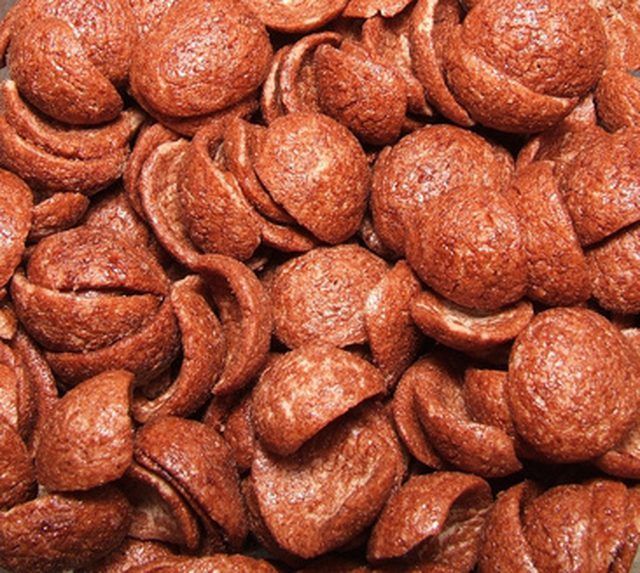Bulbs
Flower Basics
Flower Beds & Specialty Gardens
Flower Garden
Garden Furniture
Garden Gnomes
Garden Seeds
Garden Sheds
Garden Statues
Garden Tools & Supplies
Gardening Basics
Green & Organic
Groundcovers & Vines
Growing Annuals
Growing Basil
Growing Beans
Growing Berries
Growing Blueberries
Growing Cactus
Growing Corn
Growing Cotton
Growing Edibles
Growing Flowers
Growing Garlic
Growing Grapes
Growing Grass
Growing Herbs
Growing Jasmine
Growing Mint
Growing Mushrooms
Orchids
Growing Peanuts
Growing Perennials
Growing Plants
Growing Rosemary
Growing Roses
Growing Strawberries
Growing Sunflowers
Growing Thyme
Growing Tomatoes
Growing Tulips
Growing Vegetables
Herb Basics
Herb Garden
Indoor Growing
Landscaping Basics
Landscaping Patios
Landscaping Plants
Landscaping Shrubs
Landscaping Trees
Landscaping Walks & Pathways
Lawn Basics
Lawn Maintenance
Lawn Mowers
Lawn Ornaments
Lawn Planting
Lawn Tools
Outdoor Growing
Overall Landscape Planning
Pests, Weeds & Problems
Plant Basics
Rock Garden
Rose Garden
Shrubs
Soil
Specialty Gardens
Trees
Vegetable Garden
Yard Maintenance
How to Get Rid of Grain Mites
How to Get Rid of Grain Mites. Grain mites are often called food mites. They are small creatures that can be found on different foods including dried fruits, pet food, cereal and even cheese. Like many types of mites, grain mites prefer areas with high moisture content. These little brown insects can be found on the food source itself, as well as...

Grain mites are often called food mites. They are small creatures that can be found on different foods including dried fruits, pet food, cereal and even cheese. Like many types of mites, grain mites prefer areas with high moisture content. These little brown insects can be found on the food source itself, as well as on counters and in cupboards. Although they are nuisance, you can luckily get rid of grain mites yourself with just a little bit of effort.
Things You'll Need
Magnifying glass
Soap
Water
Rag
Vacuum
Sealable plastic bag
Talcum powder
Food canisters
Empty your cabinets.
Identify the food source for the grain mites. The most effective way to do this is to go package by package in your cabinets looking for the mites. Depending on your eyesight, you may want to use a magnifying glass to see them. Throw away any package of food that is infested. This will remove the food source, which will eventually kill the mites.
Wash the inside of your cabinets with soap and hot water. Hot water will help kill the mites it comes into contact with. Be sure you are frequently rinsing out your rag under hot running water and adding more soap as you go.
Vacuum the crevices inside the cabinets. Since mites are very small they can find their way into tiny crevices and be hidden from the initial washing. Use a crevice tool to vacuum up cracks and crevices in your cabinet and then dispose of the vacuum contents. If you have a canister vacuum, empty the canister into a sealable plastic bag, outside and pour talcum powder into it. If you have a bag vacuum, put the entire bag into a sealable plastic bag and then pour talcum powder in. Seal the bag and dispose of it.
Return all the food to the cabinets. Wash all flat surfaces, such as counters, walls, floors and the refrigerator with soap and hot water, like you did the cabinets. Also, vacuum any cracks or crevices once again.
Move any dried foods in your cupboard into food canisters. Choose canisters that have screw top or tight sealing lids. This will prevent future infestations.
Tips & Warnings
If you have mites in pet food, throw away the contaminated pet food. Then wash the inside and outside of all pet food and water bowls as well as any container that was storing the food. Make sure to use hot soapy water for this cleaning.